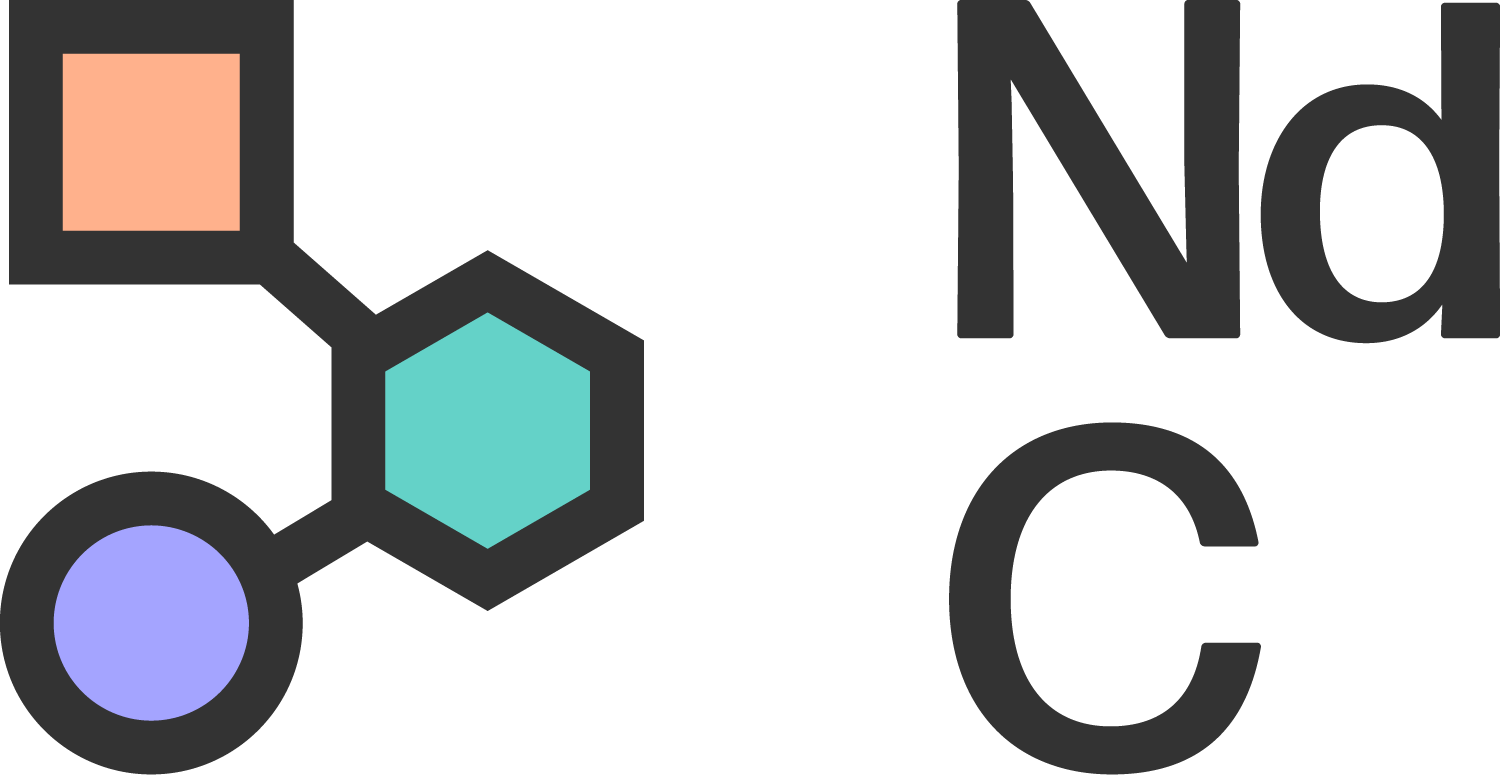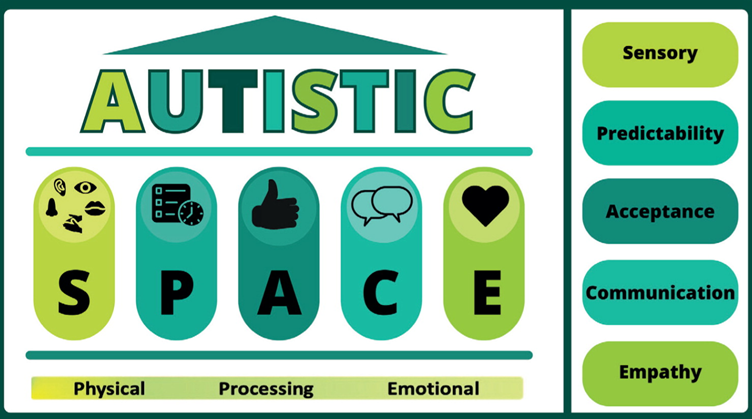Autism Research—What’s New in July
This research roundup picks out some of the current big debates on autistic lives, and showcases new and important research from teams and academics working within the field.
More Research Arriving on Autistic Social Communication Skills (not deficits)
One of the top autism research teams has put together another research paper about the potential strengths of autistic social skill sets. This one focuses on rapport. In other words, that feeling of being comfortable with someone and communicating well with them. They put together groups of autistic people, and non-autistic people, to find out whether this changed the rapport between people. It did. The autistic people got on best with other autistic people, generally. This kind of research is causing major rethinking by the ‘autism is always a deficit of social skills’ fans. Is it? Or is it a difference in social skills? The newer evidence is pointing strongly towards difference.
Listed below also, a new study by Marocchini and Baldin, with similar findings, but likewise available in preprint at the moment. Both are well worth a read.
Utterly Overwhelming”— Sensory Processing Differences and Mental Health Experiences in Middle-Aged and Older Autistic Adults
Another top team, Chen, Jenkins, Charlton, Happé , Mandy & Stewart, take a vital look at sensory processing differences in autistic adults aged 40-90+, and compared these to those of nonautistic adults of the same age range. As we know, the big majority of autism research in the last 100 years has been done on young children, so very little is known about the majority of autistic people. The work shows how important it is to consider sensory processing,
“Compared with the non-autistic participants, the autistic people in our study reported more sensory processing difficulties (SPDs), a higher frequency of overwhelming sensory experiences, and lower abilities to cope with their sensory experiences as they aged. SPDs and mental health conditions were found to co-occur, and this was reported more often by older autistic participants… autistic and non-autistic people reported that noise was a particular issue, but autistic people were more likely to stress the impacts on their mental health than non-autistic people.”
A look at some autistic strengths
Chow & Cooper explore what autistic people have to say about their particular strengths and enjoyable interests.
Autistic people described different thinking abilities and traits that they linked to autism: some brought enjoyment while others were useful life skills. Focused interests were described as enriching life through bringing well-being, knowledge and skills, and opportunities for social connection. Autistic participants described that having an autistic identity could be a strength, for example, through reflecting on their past or taking pride in their differences. Strengths changed over time and depended on the context of the time or situation.
Image of thematic map of themes and subthemes
This is an important subject, and one much debated in autistic communities. After decades of having to think of ourselves as deficient and disordered, it has become clear what impact that has had on self esteem and mental well being. A strengths-based approach does not ignore support needs, or fail to acknowledge how tough life can be for some autistic people in many situations. Listening to what autistic people say about this topic is very important, and the paper is well worth reading.
Is there a link between e.g. hypermobility and neurodivergent coping abilities?
Eccles and team are doing some pioneering thinking about why autistic and other neurodivergent people may be struggling to cope well. There is a rising number of papers showing that many autistic people may also have hypermobility or other connective tissue conditions. These link to how the body senses where it is, and what it is feeling (interoception). If the signals from body to brain are too variable because of these factors, what could it mean for levels of anxiety, or general self-care and coping skills? Have we been missing something very major about autistic bodies & how they connect to our brains?
Reviewer’s note: I very much hope that more is done on this topic. In particular, it would be good to reflect on potential further links to e.g. hypotension in those with connective tissue conditions, e.g those who may feel faint when standing for too long, or may fall to the floor during such an incident. Much of this is assumed to be ‘behavioural’. Is it?
Bullying and resulting anxiety & depression amongst autistic and ADHD youth
Two thirds of autistic youth experience bullying. From the report:
58% verbal bullying (e.g., vocal or written speech intended to harm or belittle others), 36% relational bullying (e.g., actions that aim to manipulate, exclude, or isolate the victim), 30% physical bullying (e.g., direct physical harm) and 15% cyber bullying (e.g., bullying that occurs over digital and online platforms).
Perhaps unsurprisingly, this leads to anxiety and depression. Unfortunately, anxiety and depression are seen as normal things, in too many autistic children and young people, rather than a result of this kind of dreadful experience. This study is well worth exploring, for anyone involved in the wellbeing of autistic individuals.
Intensive Early Intervention for Autistic Children Achieves Nothing?
For decades, many professionals and families have been urged to put autistic children through up to 40 hrs a week of intensive ‘interventions’, to allegedly improve life for them and their families. (Applied Behaviour Analysis, Early Start Denver Model and other Naturalistic Developmental Behavioural Models. (ABA, ESDM, NDBI, etc). This major research paper took a look at the evidence, and found no evidence of it having a useful effect. The team note that generally researchers have not checked whether there were any harms from the intensive interventions. There is increasing evidence of such harms, from those who had such interventions, however, as referenced in the paper. Deeply concerning, and a paper to seek out and reflect upon.
What do we mean by ‘Autistic wellbeing’?
Although there is research into autistic quality of life, health and other factors, the research team find that there is little emphasis on asking autistic people. Often, ‘wellbeing’ is assumed to mean an autistic person closely resembling a non-autistic person, but there is no major evidence of this being true. The team stress the continued importance of listening to autistic people, and working towards goals that are meaningful for them.
Neurodivergent Individuals and Eating Disorders – Lived and Professional Experience (Preprint)
At present, there is little research into how best to support neurodivergent individuals with eating disorders. Often approaches are based on trying to normalise people, or treat eating disorders in the same ways that may work for those without autism or ADHD. As a result, little progress is being made, in most cases. Neurodivergent ways of eating well, whilst avoiding sensory and digestion difficulties, may also be mistaken for eating disorder symptoms. A very useful paper for teams and families involved in the lives of autistic people who may struggle with particular foods and liquids. The team recommend studying the SPACE framework as created by Autistic Doctors International.
Image of SPACE framework
References
Accardo, A. L., Neely, L. C., Pontes, N. M. H., & Pontes, M. C. F. (2024). Bullying Victimization is Associated with Heightened Rates of Anxiety and Depression Among Autistic and ADHD Youth: National Survey of Children's Health 2016-2020. Journal of autism and developmental disorders, 10.1007/s10803-024-06479-z. Advance online publication. https://doi.org/10.1007/s10803-024-06479-z
Chen, Y., Jenkins, C. A., Charlton, R. A., Happé, F., Mandy, W., & Stewart, G. R. (2024). “Utterly Overwhelming”—A Mixed-Methods Exploration of Sensory Processing Differences and Mental Health Experiences in Middle-Aged and Older Autistic Adults. Autism in Adulthood. https://www.liebertpub.com/doi/10.1089/aut.2024.0031?fbclid=IwZXh0bgNhZW0CMTAAAR3WvB5Py5Qc6Ccu11enLbb1V5J_yCbuepvi63ZjgWJYMK7TDb_7sL9BA0U_aem_3pGWpuOdynEaUyQsSuYkyg
Chow, C., & Cooper, K. (2024). What Are the Lived Experiences of Strengths in Autistic Individuals? A Systematic Review and Thematic Synthesis. Autism in Adulthood. https://www.liebertpub.com/doi/full/10.1089/aut.2023.0172#utm_source=FastTrack&utm_medium=email&utm_campaign=aut
Cobbaert, L., Rose, A., Elwyn, R., Silverstein, S., Schweizer, K., Thomas, E., & Miskovic-Wheatley, J. Neurodivergence, intersectionality, and eating disorders: A lived experience-led narrative review. https://osf.io/preprints/psyarxiv/w6kv9?view_only=
Deakin, M., Petty, S., Heasman, B., & Hamilton, L. G. (2024). A critical reflection on definitions of autistic well‐being. Brain and behavior, 14(7). https://www.ncbi.nlm.nih.gov/pmc/articles/PMC11214870/
Doherty M, McCowan S, Shaw SCK. Autistic SPACE: a novel framework for meeting the needs of autistic people in healthcare settings. Br J Hosp Med. 2023;84:4. p. 1-9. doi:10.12968/hmed.2023.0006 https://www.magonlinelibrary.com/doi/full/10.12968/hmed.2023.0006
Eccles, J. A., Quadt, L., Garfinkel, S. N., & Critchley, H. D. (2024). A model linking emotional dysregulation in neurodivergent people to the proprioceptive impact of joint hypermobility. Philosophical Transactions of the Royal Society B, 379(1908), 20230247. https://royalsocietypublishing.org/doi/10.1098/rstb.2023.0247
Marocchini, E., & Baldin, I. Cross-neurotype communication from an autistic point of view: insights on autistic Theory of Mind from a focus group study. https://osf.io/preprints/psyarxiv/evmb8
Sandbank M, Pustejovsky JE, Bottema-Beutel K, et al. Determining Associations Between Intervention Amount and Outcomes for Young Autistic Children: A Meta-Analysis. JAMA Pediatr. Published online June 24, 2024. doi:10.1001/jamapediatrics.2024.1832 https://jamanetwork.com/journals/jamapediatrics/article-abstract/2819784
Sarah J. Foster, Robert A. Ackerman, Charlotte Wilks, Michelle Dodd, Rachel Calderon, Danielle Ropar, Sue Fletcher-Watson, Catherine J. Crompton & Noah J. Sasson (2024). Rapport in Same and Mixed Neurotype Groups of Autistic and Non-Autistic Adults. Available as a preprint at https://osf.io/preprints/osf/efvbc



